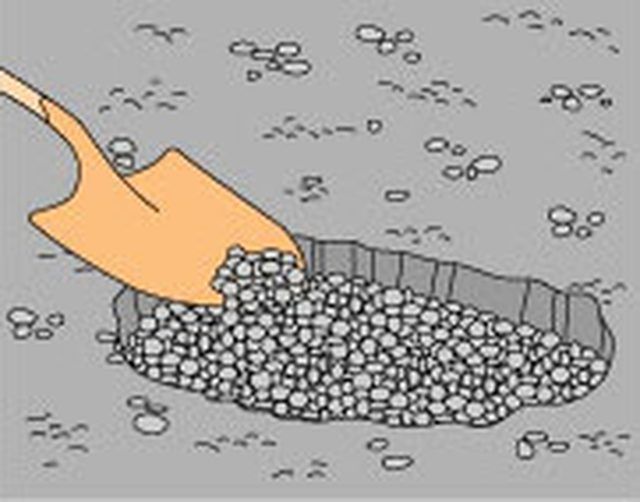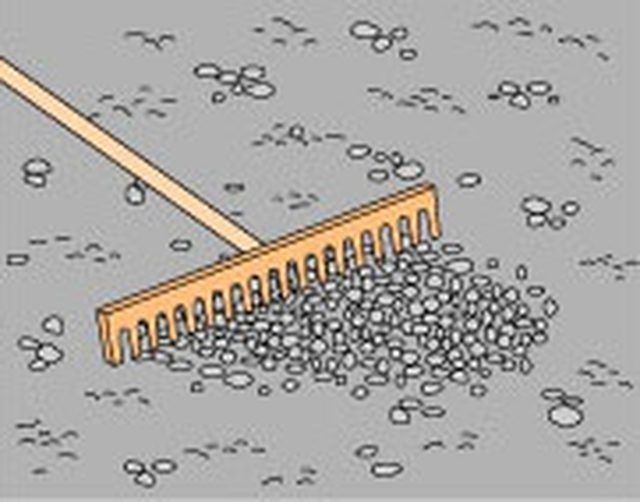Bulbs
Flower Basics
Flower Beds & Specialty Gardens
Flower Garden
Garden Furniture
Garden Gnomes
Garden Seeds
Garden Sheds
Garden Statues
Garden Tools & Supplies
Gardening Basics
Green & Organic
Groundcovers & Vines
Growing Annuals
Growing Basil
Growing Beans
Growing Berries
Growing Blueberries
Growing Cactus
Growing Corn
Growing Cotton
Growing Edibles
Growing Flowers
Growing Garlic
Growing Grapes
Growing Grass
Growing Herbs
Growing Jasmine
Growing Mint
Growing Mushrooms
Orchids
Growing Peanuts
Growing Perennials
Growing Plants
Growing Rosemary
Growing Roses
Growing Strawberries
Growing Sunflowers
Growing Thyme
Growing Tomatoes
Growing Tulips
Growing Vegetables
Herb Basics
Herb Garden
Indoor Growing
Landscaping Basics
Landscaping Patios
Landscaping Plants
Landscaping Shrubs
Landscaping Trees
Landscaping Walks & Pathways
Lawn Basics
Lawn Maintenance
Lawn Mowers
Lawn Ornaments
Lawn Planting
Lawn Tools
Outdoor Growing
Overall Landscape Planning
Pests, Weeds & Problems
Plant Basics
Rock Garden
Rose Garden
Shrubs
Soil
Specialty Gardens
Trees
Vegetable Garden
Yard Maintenance
How to Fix a Pothole in a Dirt or Gravel Driveway
How to Fix a Pothole in a Dirt or Gravel Driveway. When entering your own driveway is like running a slalom course, it's time to fix that pothole. Water trapped below the surface can cause potholes, so it is important to improve the underground drainage before finishing off the top surface.
When entering your own driveway is like running a slalom course, it's time to fix that pothole. Water trapped below the surface can cause potholes, so it is important to improve the underground drainage before finishing off the top surface.
Things You'll Need
Gravel
Coarse Gravel
Metal Rake
Shovel
Soil
Tamping Tool
Rake or shovel out any loose stones, gravel or soil from the bottom of the pothole.
If the sides of the pothole are loose, cut them straight down with a shovel to create firm edges to the hole.
Fill the hole with coarse gravel to about 3 inches (7 cm) below the level of the driveway (see A).

Tamp down the gravel. You can make your own wooden tamping tool from a small square of 3/4-inch (2-cm) plywood nailed to the bottom end of a 4-foot-long (120-cm) 2-by-4.
For a dirt driveway: Shovel soil into the hole until it is mounded a few inches (about 7 cm) above the surface.
Water the soil, and tamp it down as firmly as you can.
If necessary, add enough soil to raise it a little above the driveway surface again, and tamp it down again.
For a gravel driveway: Fill the last 3 inches (7 cm) with gravel that matches the driveway. Mound it just above the surface.
Rake the new gravel to blend with the rest of the driveway (see B).

For either type of driveway: Run a wheel of your car over the spot a few times to compact it down.
Tips & Warnings
For proper drainage, a driveway should have a slight crown in the middle--at least 1 inch (2.5 cm) of height for each 4 feet (120 cm) of width--or else it should mildly slope all the way across in the same direction that water tends to drain.
The pieces of crushed stone on a driveway should be pointed and with clear, not rounded, edges in order to pack together tightly.